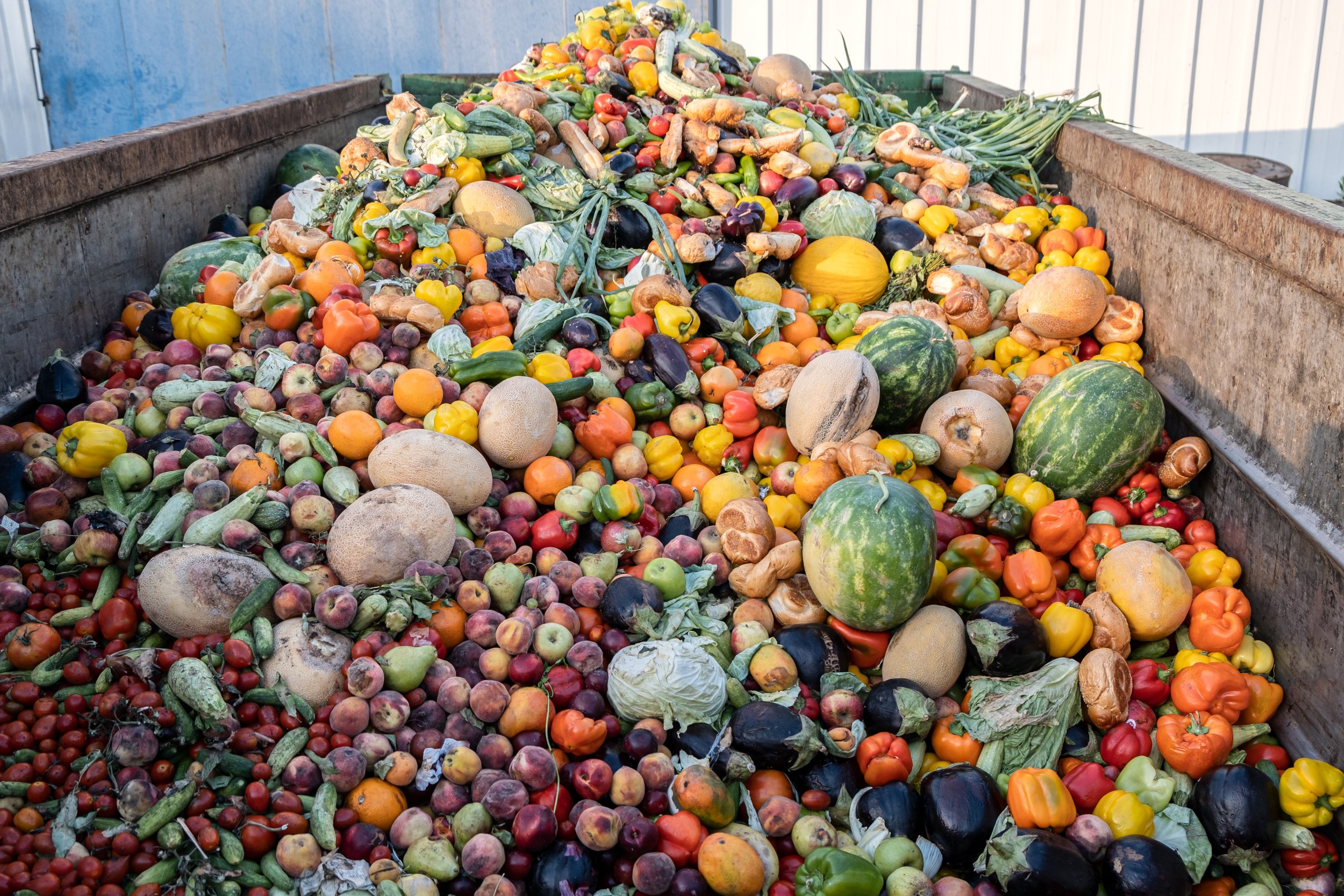Inside the BioCycle Hub: a mobile engine for soil repair, circular jobs, and food sovereignty
What if land access wasn’t a barrier to soil restoration? What if the solution to food apartheid didn’t live in permanent buildings or centralized supply chains?
A feast for escargot
The BioCycle Hub answers those questions—not with policy papers, but with a trailer full of living solutions. It’s a mobile, off-grid heliciculture unit engineered for ecological triage, decentralized training, and frontline food production.
Outfitted with snail grow beds, modular compost systems, rainwater harvesting, and solar infrastructure, each Hub would arrive ready to work. No grid hookup. No acres of land. No years of permitting or capital-intensive buildout.
But this isn’t just tech—it’s pedagogy. Each BioCycle site would train local youth, farmers, elders, and community leaders in regenerative practices. Helix aspersa Müller's cyclical way of metabolizing waste into nourishment becomes a living curriculum. And in the process, food waste becomes value, snails become sustenance, and participants become practitioners.
This isn’t a farm—it’s a portal. A flexible node that can land in food deserts, tribal nations, school campuses, rural communities, or vacant lots—bringing with it regenerative infrastructure, circular jobs, and an ethos of ecological reciprocity.
We don’t scale by extraction. We scale by equipping. The BioCycle doesn’t create dependency—it seeds autonomy.
It’s time the future of farming moved at the pace of justice, not just the pace of profit. Wherever the BioCycle lands, it plants that future.



